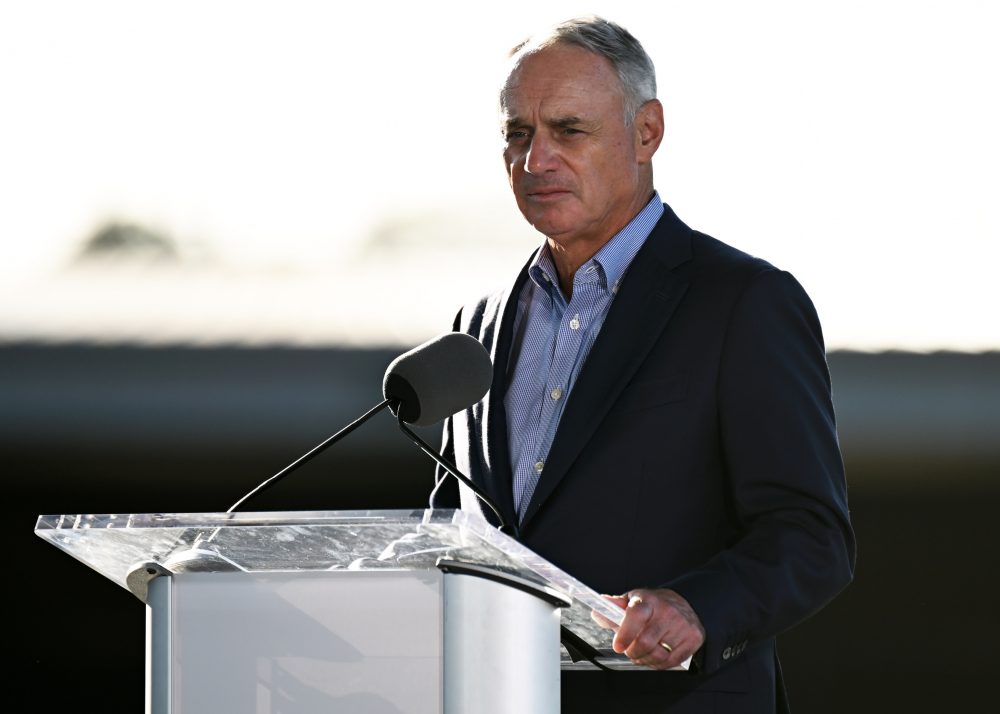
Before we begin, let’s go back in time. First, two years ago, when the league had locked the players out after the expiration of the collective bargaining agreement, rumors were swirling that the regional sports network model wasn’t going to work like it previously had. The expectation from the league, of course, was for the players to shoulder the risk of the RSNs that maybe would no longer be printing money. This was not a new strategy—the same concerns, regarding national television deals in the 1980s, led to three years of collusion.
MLB figured out a way to keep things moving forward: by taking advantage of the relationships between network rivals in a way that would make the fallen ratings a secondary concern. RSNs might be struggling more than they were in 2010 when teams like the Rangers shocked everyone with 10-figure contracts for one team’s games, but MLB will find something new to replace that money, and more than likely, surpass it. They’re already figuring out ways to achieve that goal. The renewed deal with TBS is worth something like $2 billion annually, for instance, and that’s just one of the three national deals MLB has agreed to, the other two being with ESPN and FOX. They’re considering doing away with blackouts, and starting up a nationwide streaming service for access to local games—for cord-cutters—that would also rope in the NHL and NBA to ensure it is a massive success with millions of subscribers. Ask the Yankees and Red Sox how much better it is to own your RSN outright instead of having to negotiate with one for a piece of the profits, and then make that concept a national one that also involves fans of other sports.
That background is all needed, but the key thing to pull from this was the belief that “MLB will find something new to replace that money, and more than likely, surpass it.” With that reminder in hand, let’s now jump to February of 2023, when Rob Mains covered massive RSN owner Diamond Sports Group when it was “teetering on the edge of bankruptcy.” Mains made a point of explaining that “Bankruptcy is not the same as closing up shop,” and that the idea here would be to restructure with a Chapter 11 bankruptcy filing in order to keep the business active. Mains expected that payments would be delayed and maybe even attenuated, but they would eventually be made in order to avoid “breach-of-contract provisions that would be the death knell for Diamond.” Which, again, was a company attempting to stay alive via a bankruptcy filing, not shutter.